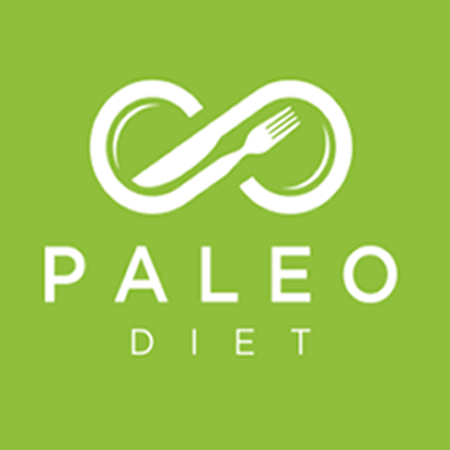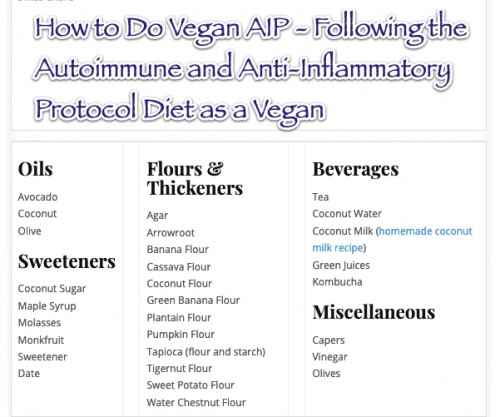
The paleo menu emphasizes eating foods our ancestors used to eat. This diet includes foods like apricots, dried pumpkin seeds, and banana with almond butter. It is also filled with chicken, sweet potatoes, and vegetables. EatingWell believes that certain foods are important, even though it may seem restrictive. We'll show you how to eat them while maintaining a healthy diet.
Pola Makanan Paleolithic Manusia
Christina Warinner, Ph.D., studied pola makan manusia purba and mitos-mitos pola makanan paleolithic manusia in 2010. She reveals that manusia Paleolithic manusia was a large consumer of daging and enjoyed all kinds of meat. This myth was once widely believed by paleolithic humans, but it has been discredited and is no longer relevant.
The diet of the paleo, also known by the diet of manusia ga, allows you to eat the same food as manusia guma used to eat. They not only improve their kesehatan but also help to preserve their heritage. However, this diet is not for everyone. It is not right for everyone.
Two types of kelompokan make up the lukisan of Ramasokat: ceruk, and lukisan-gua. They were found in the Liabalano and Sulawesi Tenggara areas. The lukisan gua is a mix of protein, fats, and amino acid. These nutrients are essential for healthy living and can help us understand the subtleties of human evolution.

The diet of modern humans has many benefits, but also a few risks. People who eat foods rich with nutrients, such the Paleolithic Era diet, are more likely than others to develop diseases. A healthy diet will reduce your risk of developing diseases. Clean Eating will help you eat better. The obvious benefits of this diet are clear: eating low in fats can have positive effects on your health. Also, you won't get sick if you eat too much.
Paleolithic diet food list
The majority of processed food contains added sugars, vegetable oils and artificial sweeteners. This can have adverse effects on your health. Overeating and excessive consumption of refined sugars can lead to obesity. High levels of salt can also cause heart disease. Vegetable oils can also be controversial. The American Heart Association suggests that safflower and corn oil replace canola. These oils contain high amounts of omega-6 fat acids.
Many commercial paleo diets restrict dairy products to a minimum, while others have stricter restrictions. Among the foods allowed on a paleolithic menu diet are lean pork loin, roasted chicken with onion and carrot stuffing, and steamed broccoli. Other paleo diets allow for small amounts maple syrup and honey. These diets have received varied levels of scientific support.
One thing that paleo fans recommend avoiding are legumes, which contain high levels of phytic acid. These substances inhibit the absorption of essential minerals from the gut. However, they are permitted in some cases. While it may be tempting to eat legumes and potatoes, it's not recommended to add them to your diet as often as you would other processed foods. Rather, you should include plenty of fruits and vegetables in your daily meal plan.
Guidelines for eating a paleolithic lifestyle
While the Guidelines for Eating the Paleolithic Diet differ from modern food, they both follow the same principles. The Paleolithic diet primarily consisted of animal products. But it's also rich in plant foods, so there aren't many limitations. However, it is important to note that you may not be genetically suited for the diet, and that the higher meat consumption may not be healthy. It is important to be cautious if Paleolithic living might suit you.

Dairy products are the most popularly excluded food groups on the Paleolithic diet. Cutting out these key food groups may leave you at risk for nutritional deficiencies. In particular, a lack of calcium in the diet can lead to tooth decay, and deficiency in this vital mineral may have detrimental effects on your bones and teeth. Calcium plays an important role in blood clotting as well as muscle contraction. Whole grains are also less likely to develop heart disease, stroke, or type 2 diabetes. However, calcium deficiency can occur because grains have been largely eliminated.
These guidelines are specific to Paleolithic eating. It encourages the consumption of nutrient-rich foods and protein, while limiting carbohydrates and processed foods. It is best to follow the guidelines closely so you don't overdo it. Remember that a paleolithic diet is different for every individual. It is important you realize that the Paleolithic food plan is based on an ancient lifestyle.
FAQ
Where can I get free online cooking lessons
Many websites offer free cooking classes. YouTube has many videos that will show you how to cook different dishes. Some websites give you access to thousands of recipes. While you may have to pay a monthly charge, these websites allow you to try out the recipes for 30 days for no cost.
How do I learn about cooking and baking?
There are numerous cooking classes offered across the country. Many schools offer courses on baking, pastry, or wine tasting. You can take a class at your local vocational school or community college if you are interested in learning more about cooking.
Where can I buy good quality kitchen equipment?
You can buy high-quality kitchen gear online. All kitchen tools can be purchased online at a number of sites. Be sure to read customer reviews before you buy any kitchen equipment. You can also ask other people who own similar items if they would recommend them.
What is the difference between a chef & a cook?
A chef prepares food to be served to others. A cook prepares food for his or her own consumption. Although both jobs require you to prepare food, a chef is more involved in serving customers. This may mean that they might have to choose what to cook for guests depending on their preferences. The cook doesn't have to interact with customers. Instead, he or she ensures that the food tastes good before serving it to anyone.
Do I need special equipment to cook?
No, you don't need any special equipment to learn to cook. The right tools can make cooking much easier. For example, a knife could be used for pasta making or a whisk would be better than a hand mixer for whipping egg whites to stiff peaks. It makes cooking much easier and quicker.
Can I learn to cook with my kids?
Yes! Yes! Kids love helping in the kitchen. It's fun and teaches kids responsibility as well as teamwork. The whole process can be done by children, including washing and chopping vegetables. Children will love helping to cook if they are taught safe knife handling techniques.
Statistics
- The median pay for a chef or head cook is $53,380 per year or $25.66/hour, according to the U.S. Bureau of Labor Statistics (BLS). (learnhowtobecome.org)
- On average, chefs earn $58,740 a year, according to the BLS. - learnhowtobecome.org
- According to the BLS, chefs earn $58,740 a year. (learnhowtobecome.org)
External Links
How To
How to become a chef
The career of chef is one of most rewarding. This job requires a lot knowledge and skills. It can be difficult to determine what job is best for you. There are many opportunities to begin working right away if this is your goal. There are many options for you to work in restaurants, hotels, catering businesses, or take cooking classes. These helpful tips can help you make an informed decision about becoming a chef.
-
Learn how to cook!
Everyone should try cooking at least once. It doesn't matter if your knowledge of food is limited, you can learn how to make it. You can find so many different recipes online and they are very easy to follow. When learning new things, the most important thing to remember is not to rush. Take your time and enjoy the journey.
-
You should get a degree in culinary arts
If you wish to become a professional chef, a culinary arts degree might be the right choice. You'll be able develop your personal style and taste, while also learning valuable information. Culinary schools offer many courses, including baking, pastry, meat cutting, and more. Most schools require that students attend classes for many years before they can graduate. It is important to consider your options before choosing a school to train as a chef.
-
Work in a restaurant
Working in a restaurant is probably the easiest way to enter the world of chefs. Most people who decide to become a chef do this first because it gives them hands-on experience. Restaurants look for qualified staff who have previously worked in another field. Look for work in restaurants if your goal is to become a chef.